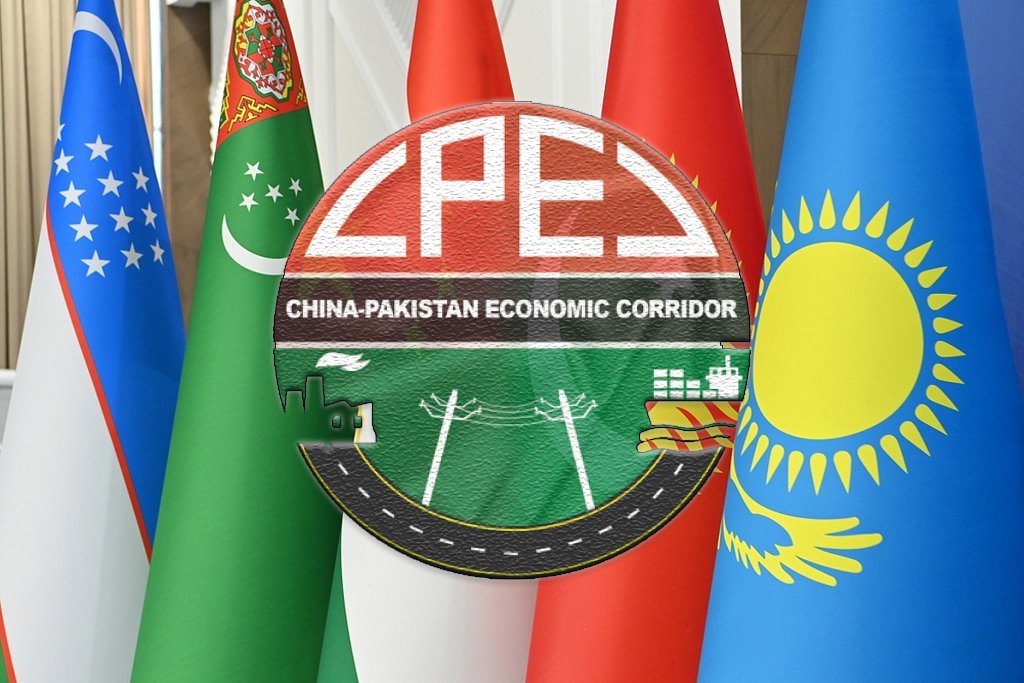By: Mr. Ovais Ali Khokhar, Chairman, Board of Experts, Pakistan Research Center for a Community with Shared Future (PRCCSF), Islamabad
Over the past decade, Asia has emerged as the global economic center. The region’s rapid growth underscores the importance of connectivity in today’s interconnected world.
At the heart of this connectivity lies China’s Belt and Road Initiative (BRI). A key component of BRI, the China-Pakistan Economic Corridor (CPEC), has become a crucial link between Central Asia and South Asia.
Pakistan’s Strategic Location
Pakistan’s geography offers a gateway for landlocked Central Asian nations to access South Asia, China, and beyond. Gwadar Port, a central element of CPEC, connects South Asia, Central Asia, and the Middle East, positioning Pakistan as a vital regional hub.
Linking Central Asia to Global Markets
Central Asian republics Kazakhstan, Uzbekistan, Turkmenistan, and others—are rich in natural resources but lack direct sea access. Through CPEC, these nations can connect to seaports and achieve their trade objectives.
Ongoing railway and road projects are reducing distances, improving trade routes, and fostering economic growth. The ML-1 mega railway project under CPEC Phase II will link Karachi–Peshawar–Kabul–Mazar-e-Sharif–Termez. This network will enhance connectivity across South Asia, Central Asia, and Europe.
Strategic Benefits for All
CPEC offers Central Asian nations an efficient way to transport energy resources to global and regional markets. In turn, Pakistan gains access to new markets in Central Asia and Europe, boosting trade and economic opportunities.
China’s investment in Central Asia’s infrastructure since the 1990s aligns with its broader vision—addressing security concerns through economic development.
Driving Peace and Prosperity
CPEC’s scope extends beyond trade. By encouraging peaceful coexistence, economic growth, and regional integration, it strengthens ties among nations.
As a flagship BRI project, CPEC stands as a transformative force for economic, geopolitical, and social benefits. It fosters lasting partnerships and contributes to regional stability and prosperity.





